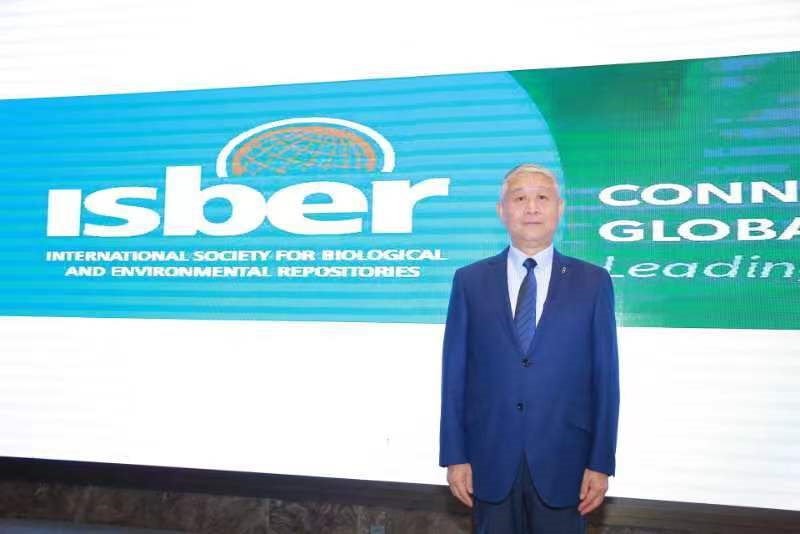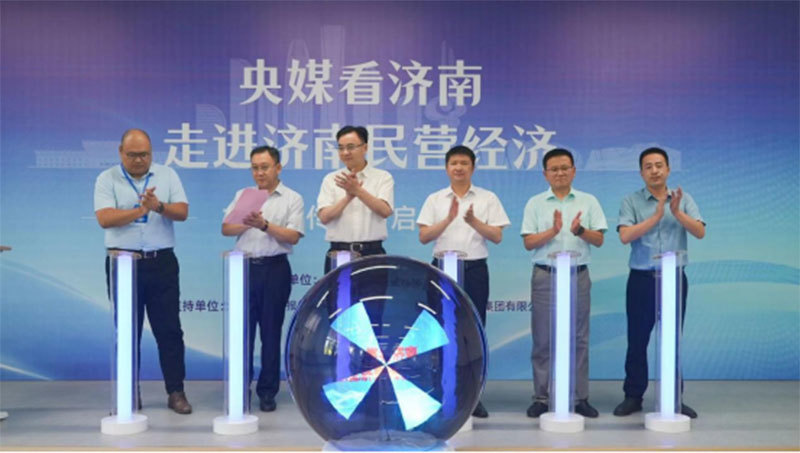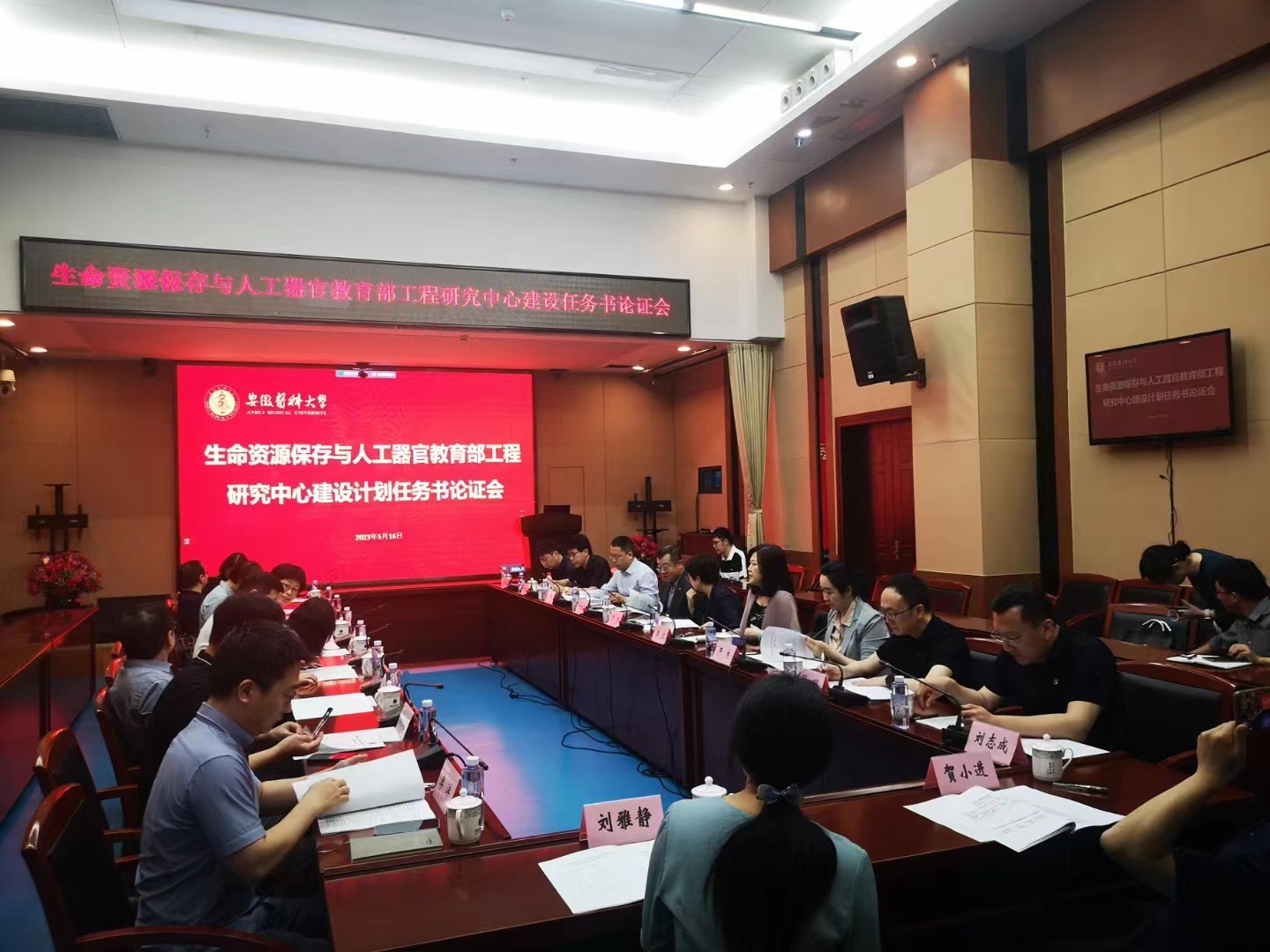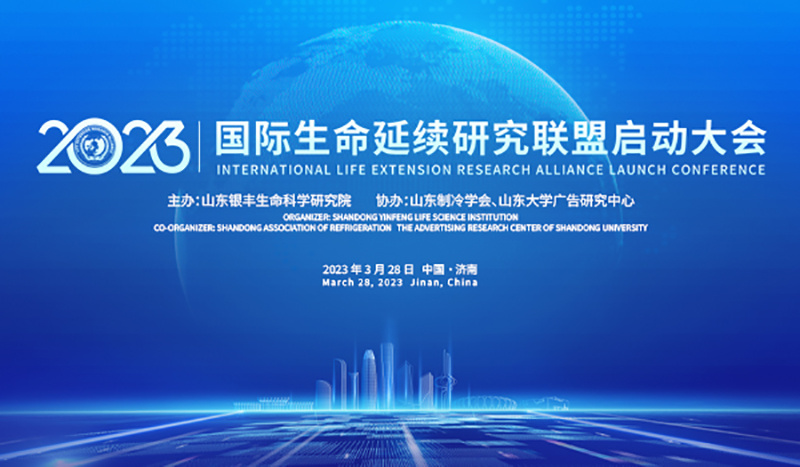Science's latest cover article: Vital organs resuscitated after cryogenic freezing
Release time:
2023-07-14
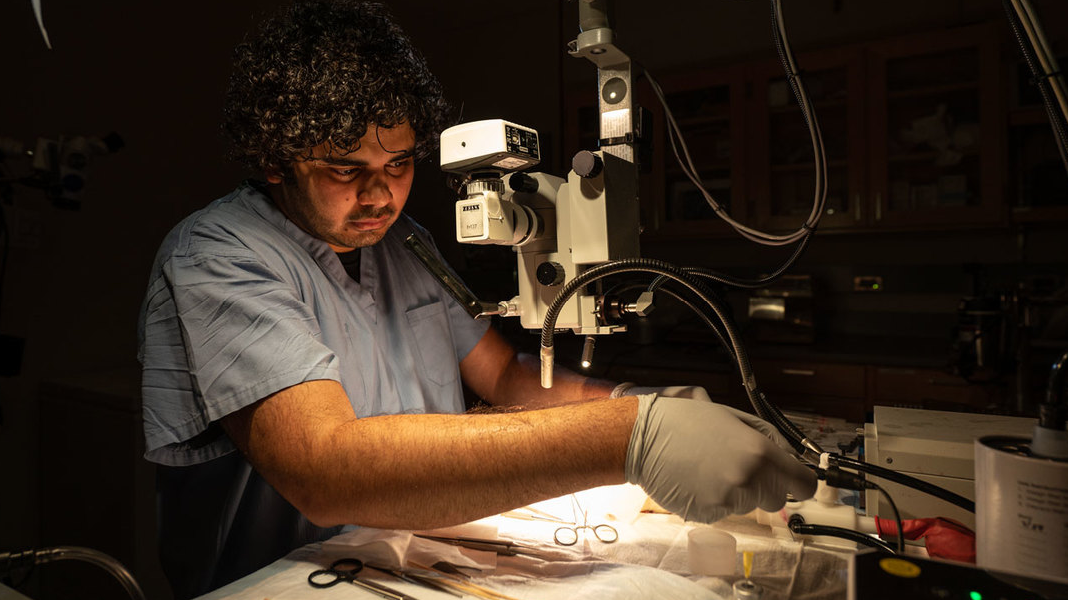
On June 30, 2023, Science Magazine published the article "Frozen in time" by Warren Cornwall, detailing the first successful transplantation of vitrified-preserved and nanoheated rat kidneys by Professor John Bischof's team at the University of Minnesota (UMN). . As the most exciting research in the field of cryopreservation of tissues and organs, this article successfully appeared on the cover of Science, Volume 380, Issue 6652.
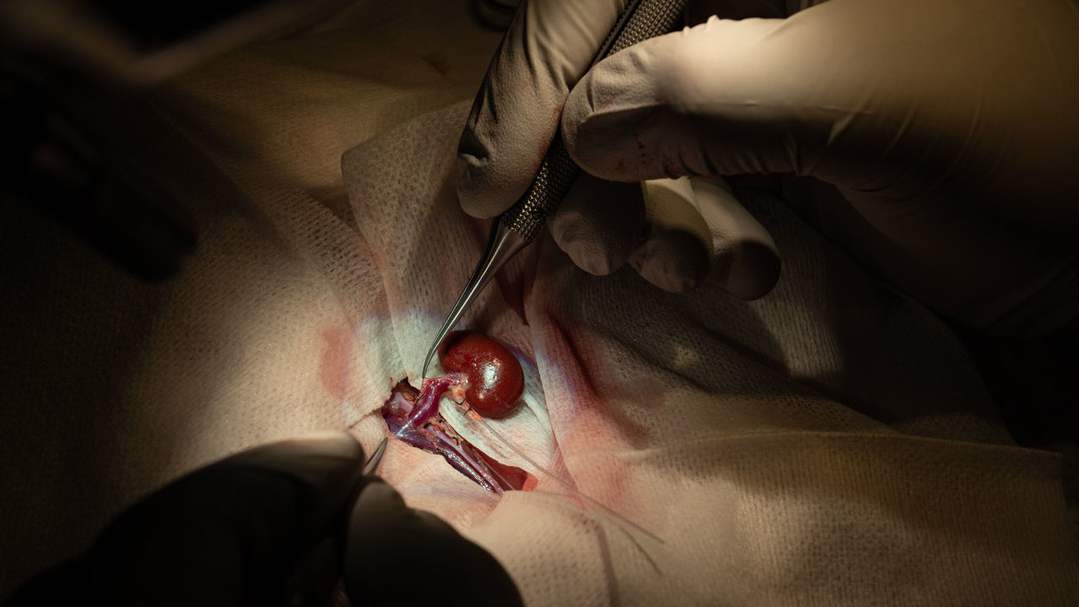
Over the past few years, Professor John Bischof's team at the University of Minnesota has been trying everything from lasers to heat-conducting meshes to find ways to quickly and evenly heat vitrified tissue. For larger objects, such as rat kidneys, they have made progress by combining powerful magnetic fields with iron nanoparticles.
They suspended iron nanoparticles in a cryoprotectant and infused it into the kidneys of rats through a long, thin plastic tube. When the originally dark pink kidneys turned a glossy ebony color, Han placed them in a small plastic bag and placed them in a –148°C freezer. As the temperature of the kidneys drops sharply in the refrigerator, biological processes within the organ gradually come to a halt. The procedure takes only 45 minutes, while the groundbreaking surgery by mechanical engineering postdoctoral researchers Zonghu Han and Joseph Sushil Rao in April 2022 took more than three hours. "We store rat kidneys for up to 100 days before transplantation," Han said, "where they are always safe."

Han took out the small, hard package containing the vitrified organ and carefully placed it into a small metal cup connected to a cream-colored metal box. When he activated the button, the box generated positive and negative poles flipping around the metal cup every second. The fluctuations in the magnetic field heated the iron nanoparticles 360,000 times and allowed the vitrified kidney to rewarm in 90 seconds.
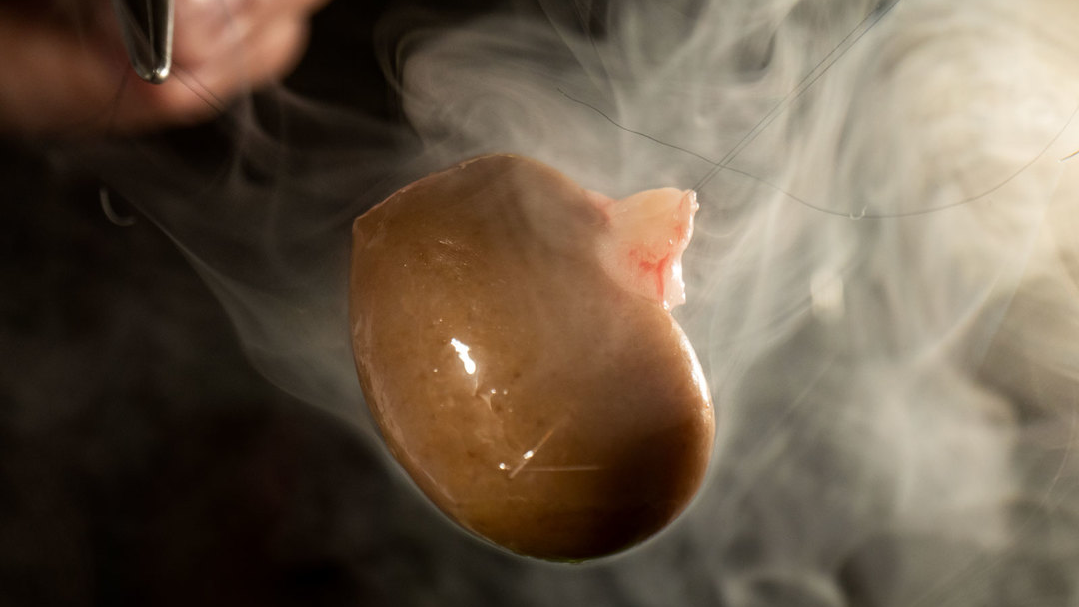
The rewarmed mouse kidneys looked like they had been through hell, as surgeons used a thread half the thickness of a human hair to delicately join the renal arteries and veins to the mice's abdominal blood vessels. When he finally removed the small clamp holding the blood supply to the aorta, the kidney slowly turned pink. Forty-five minutes later, a drop of golden urine came out of the ureter. This means that "the first successful transplantation of vitrified-nano-rewarmed rat kidneys" brings exciting news to researchers in cryogenic biomedicine around the world. This is a day worth remembering in the history of cryogenic biomedicine in the world.
In a Nature Communications paper in early June, Bischof's team reported performing this treatment on five rat kidneys and reimplanting them. All animals in the experiment were kept alive for a month before being killed to study their condition. Now, researchers have turned to pig kidneys, which are closer in size to human kidneys.
Tissue and organ transplantation has become an important way of clinical treatment, especially the only means of clinical treatment of irreversible end-stage organ failure diseases. Rapid organ necrosis is one of the biggest problems plaguing people in organ transplantation. Currently, most organs are "statically refrigerated" in a cooler filled with ice after being harvested. Doctors first flush the tissue with "preservative fluid" to protect the organs from damage caused by the cold. These solutions also contain nutrients and antioxidants to maintain cell survival and suppress inflammation. At 0-4 degrees Celsius, cells' metabolic rate drops to about 5% of normal speed, so tissues consume energy much more slowly and require less oxygen to maintain activity. Therefore, cooling an organ can help delay the onset of ischemia, thereby preventing organ damage or dysfunction.
Donor organs stored statically in insulated containers or refrigerators often have a short shelf life. After a human heart or lung is separated from the donor, doctors have four to six hours to connect it to a new patient's blood supply before it is damaged. Undo the damage. For the liver, the window period is 8 to 12 hours. For the kidneys it lasts about 1 day. Such short storage times place a huge burden on the healthcare system and patients. According to statistics, more than 60% of donated hearts and lungs do not reach recipients in time. The World Health Organization estimates that less than 10 percent of people who need an organ transplant actually get one.
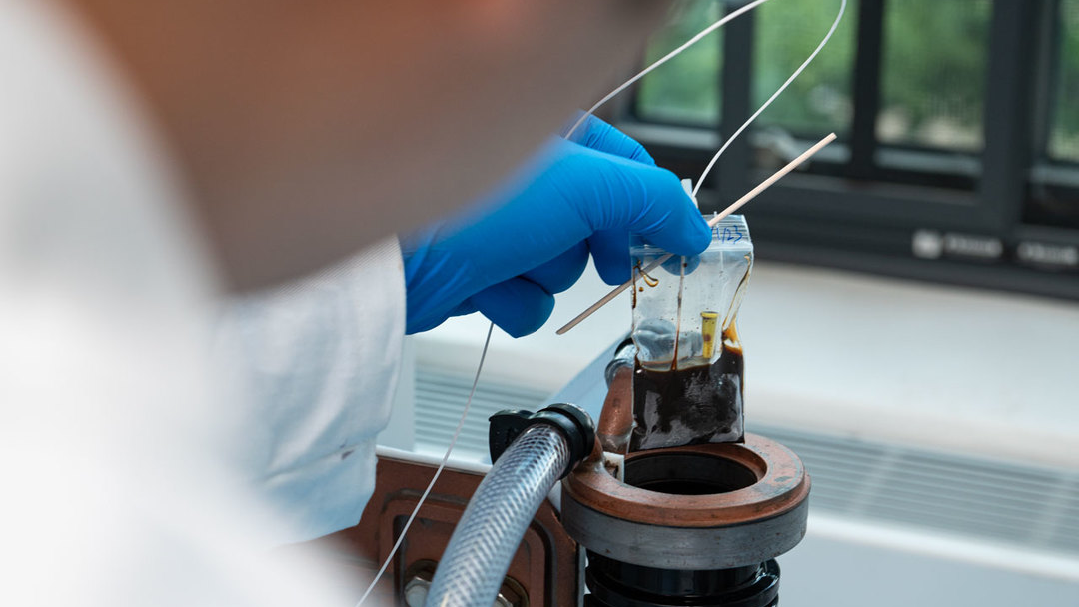
Preserving organs at deep cryogenic temperatures such as liquid nitrogen to extend their storage time has become an important task for doctors and cryobiologists. But it is generally believed that the largest biological sample currently stored and resurrected at deep cryogenic temperatures (below -150°C) is a human embryo the size of a grain of table salt. A 1985 Nature paper by cryobiologist Greg Fahy revealed a chemical process that allows mouse embryos to be preserved at temperatures close to –200°C. Their technology solves the main obstacle to freezing living tissue: ice. In 2002, Fahy expanded his research from mouse embryos to rabbit kidneys. He even implanted pre-vitrified organs into animals. The rabbit survived for nearly 7 weeks. But a necropsy revealed that while the kidneys functioned well enough to keep the animal alive, much of it was damaged.
Therefore, scientists hope to achieve deep cryopreservation of complex tissues and organs, thereby establishing cryopreserved tissue banks, such as skin, entire organs, and even limbs, thereby alleviating the shortage of organ and tissue transplants and allowing doctors to have time to better treat patients. Be prepared for transplantation. The successful experiment at the University of Minnesota has brought new hope and impetus to all this. We believe that in the near future, with the continuous maturation of vitrification preservation and nanoheating experiments, the preservation time of human organs and tissues will continue. If it is extended, the success rate of transplantation will also be greatly improved.
Latest developments
On August 23, the Jinan Private Economic Development Bureau and China Economic Weekly jointly launched the theme publicity activity of "Central Media Look at Jinan - Entering Jinan's Private Economy" in Yinfeng Biotechnology Park.
Led by Anhui Medical University and participated by Yinfeng Cryogenic Medical Technology Co., Ltd., the "Engineering Research Center for Life Resources Conservation and Artificial Organs of the Ministry of Education" was officially accepted and awarded by the Ministry of Education. As one of the four major platforms for the transformation of the center's project, Yinfeng Cryogenic Co., Ltd. is responsible for the "development, promotion and application of cryogenic preservation technology of biological matrix materials".
On March 28, 2023, the kick-off meeting of the International Alliance for Life Extension Research was held in Jinan, Shandong. The "International Alliance for Life Extension Research" was initiated by Shandong Yinfeng Life Science Research Institute, and jointly established by 13 international scientific research institutions engaged in the field of cryogenic biomedicine from North America, Europe, Oceania, etc., and appeared at the conference through online and offline forms.



